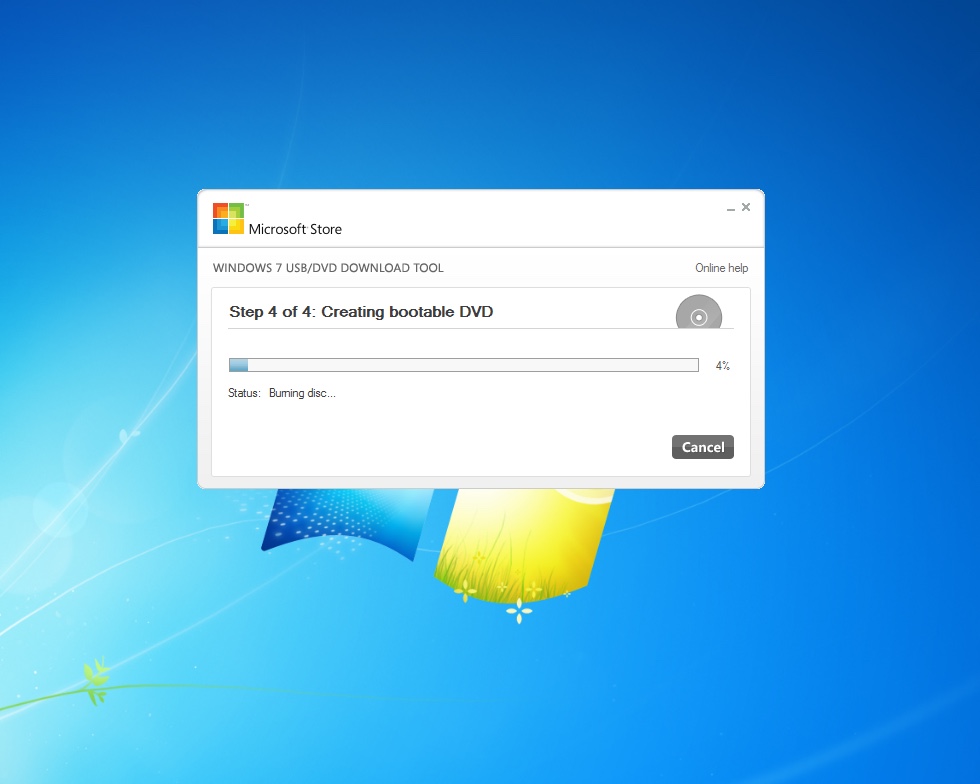

Move the file F to where it can be created as one contiguous file of the new, larger size.However, if file F then needs to be expanded, there are three options, since the space immediately following it is no longer available: If another new file, G, is added and needs only 4 blocks, it could then occupy the space after F and before C (example 4 in the image). When a new file, F, is allocated requiring 6 blocks of space, it could be placed into the first 6 blocks of the space that formerly held file B, and the 4 blocks following it will remain available (see example 3 in the image). Since moving the files could be time-consuming if there were many files which needed to be moved, usually the empty space is simply left there, marked in a table as available for new files (see example 2 in the image). If file B were to be deleted, there would be two options: mark the space for file B as empty to be used again later, or move all the files after B so that the empty space is at the end. On a blank disk, all of these files would be allocated one after the other (see example 1 in the image).

The movement of the hard drive's read/write heads over different areas of the disk when accessing fragmented files is slower, compared to accessing the entire contents of a non-fragmented file sequentially without moving the read/write heads to seek other fragments.Īn otherwise blank disk has five files, A through E, each using 10 blocks of space (for this section, a block is an allocation unit of the filesystem the block size is set when the disk is formatted and can be any size supported by the filesystem). Some defragmentation utilities try to keep smaller files within a single directory together, as they are often accessed in sequence.ĭefragmentation is advantageous and relevant to file systems on electromechanical disk drives ( hard disk drives, floppy disk drives and optical disk media).
Unable to create boot disk in idefrag free#
It also attempts to create larger regions of free space using compaction to impede the return of fragmentation. It does this by physically organizing the contents of the mass storage device used to store files into the smallest number of contiguous regions (fragments, extents). In the maintenance of file systems, defragmentation is a process that reduces the degree of fragmentation.

Visualization of fragmentation and then of defragmentation


 0 kommentar(er)
0 kommentar(er)
